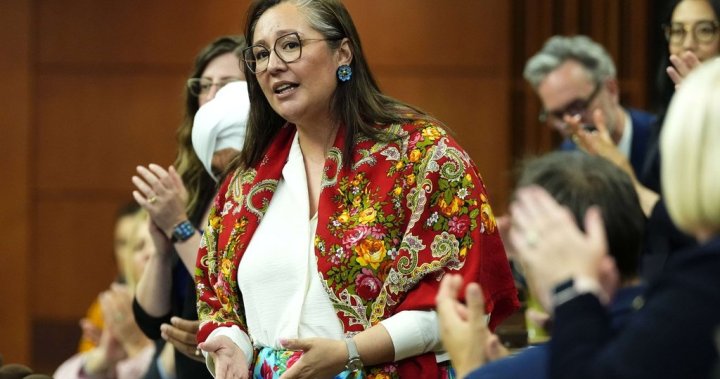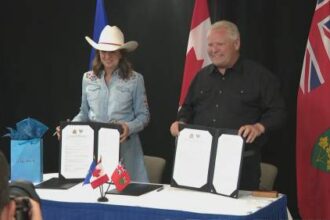The glimmer of clean running water—a basic necessity taken for granted by most Canadians—remains frustratingly out of reach for dozens of Indigenous communities across the country. Now, as the federal government pushes forward with landmark clean water legislation, a complex jurisdictional battle is brewing that could determine whether this fundamental inequity will finally be addressed.
Federal Indigenous Services Minister Patty Hajdu confirmed this week that Ottawa is moving ahead with its long-promised First Nations clean water legislation, despite mounting resistance from Alberta and Ontario. The proposed framework would create legally enforceable drinking water standards on reserves, addressing a critical gap that has persisted for generations.
“Water is a human right, and we’ve seen what happens when there isn’t a regulatory regime in place,” Hajdu told reporters following consultations with Indigenous leaders in Winnipeg. “Without enforceable standards, we’ve had communities living under boil water advisories for decades. This legislation aims to close that gap.”
The federal initiative comes as 28 First Nations communities across Canada continue to face long-term drinking water advisories—some dating back more than two decades. The Trudeau government’s 2015 promise to end all long-term water advisories by March 2021 has faced repeated delays, highlighting the complex challenges underlying this crisis.
Alberta and Ontario have emerged as the most vocal opponents of the federal legislation, arguing it intrudes on provincial jurisdiction over natural resources. Alberta Premier Danielle Smith characterized the initiative as “constitutional overreach” in a sharply worded statement released Tuesday.
“Water management falls squarely within provincial authority,” Smith stated. “While we support clean drinking water for all Albertans, including those on First Nations, this federal intervention sets a dangerous precedent of jurisdictional overreach.”
Ontario has echoed these concerns, with provincial officials suggesting they could pursue legal challenges if Ottawa proceeds without provincial consent. Legal experts, however, note that the federal government holds clear constitutional responsibility for “Indians and lands reserved for Indians” under Section 91 of the Constitution Act.
“This is a classic constitutional clash between federal authority over Indigenous affairs and provincial powers over natural resources,” explains Dr. Karen Drake, Indigenous law professor at Osgoode Hall. “But what’s being overlooked is that First Nations themselves assert inherent jurisdiction over their waters as part of their Aboriginal rights and title.”
Indigenous leaders have largely welcomed the federal legislation while emphasizing that it must respect First Nations sovereignty. National Chief of the Assembly of First Nations Cindy Woodhouse Nepinak stressed that the legislation must acknowledge “First Nations’ inherent rights to govern their own water systems while providing the necessary resources to implement sustainable solutions.”
The proposed legislation would establish water quality standards, testing protocols, and enforcement mechanisms specifically for First Nations communities. It would also provide funding for infrastructure, training, and operations—addressing a critical resource gap that has plagued on-reserve water systems.
The financial commitment required remains substantial. Parliamentary Budget Officer estimates suggest addressing water infrastructure deficits across all First Nations communities could cost between $5-10 billion, with significant ongoing operational funding needed to ensure sustainability.
Public health experts emphasize that the human cost of inaction far exceeds the financial investment required. Dr. Alika Lafontaine, president of the Canadian Medical Association, points to the documented health impacts of poor water quality in affected communities.
“We see higher rates of waterborne illness, skin conditions, and mental health impacts in communities without reliable clean water,” Lafontaine noted. “These preventable conditions create ripple effects through healthcare systems and communities that last generations.”
As this jurisdictional battle unfolds, the legislation’s timeline remains uncertain. Hajdu indicated the bill could be introduced in Parliament this fall, though passage before the next federal election is not guaranteed given the current minority government situation.
The question that remains is whether Canada’s constitutional architecture—and the political will of all levels of government—can finally deliver on what many consider the most basic of services to communities that have waited generations for clean, safe water. As this latest chapter in Canada’s water crisis unfolds, will we finally see meaningful action, or simply more promises that evaporate before reaching those who need them most?










